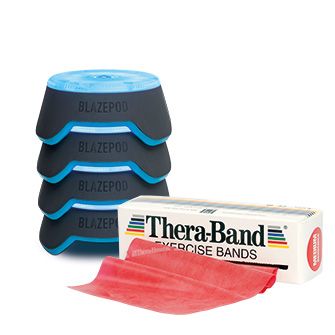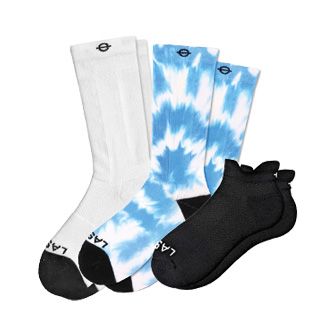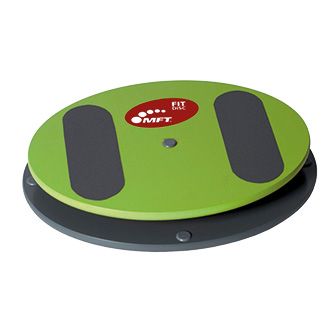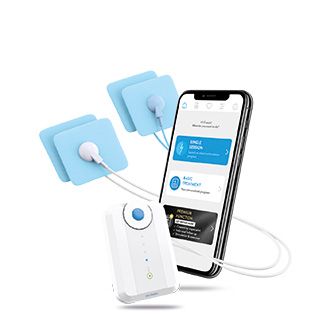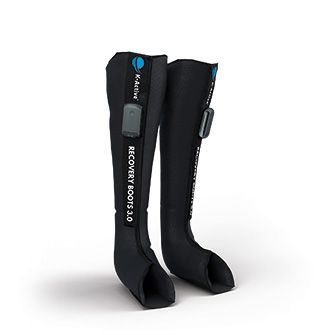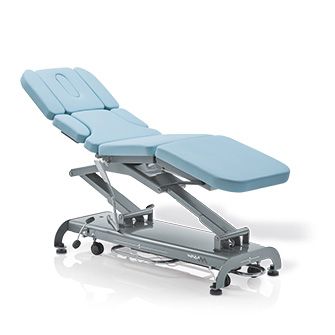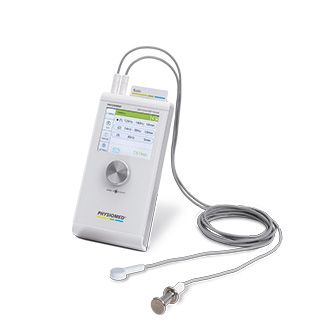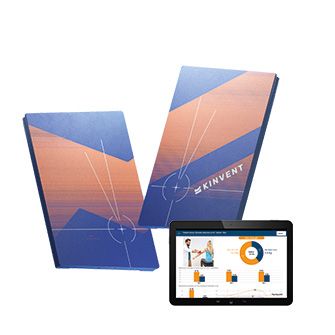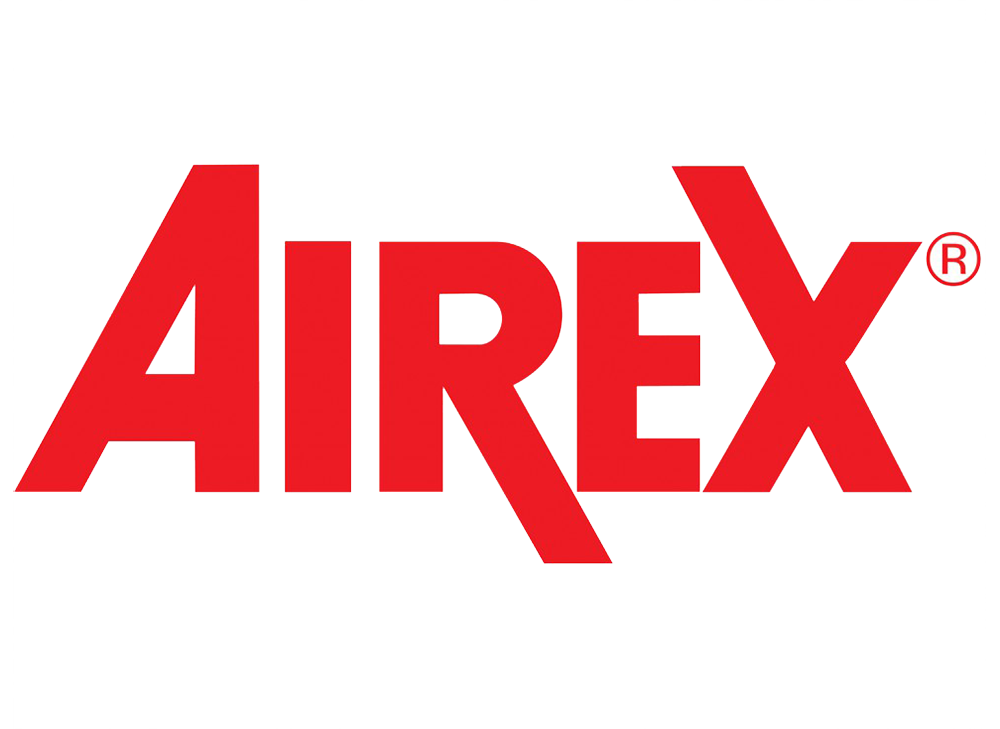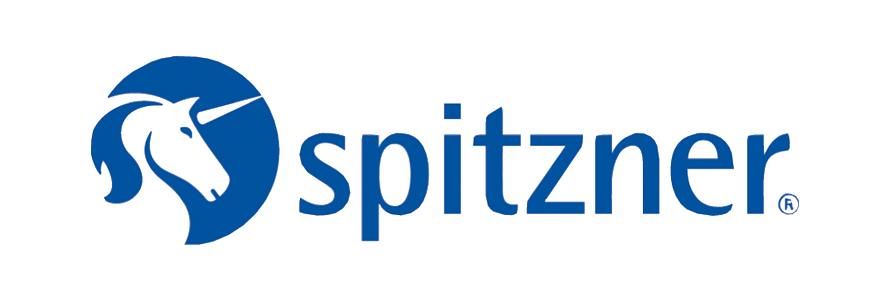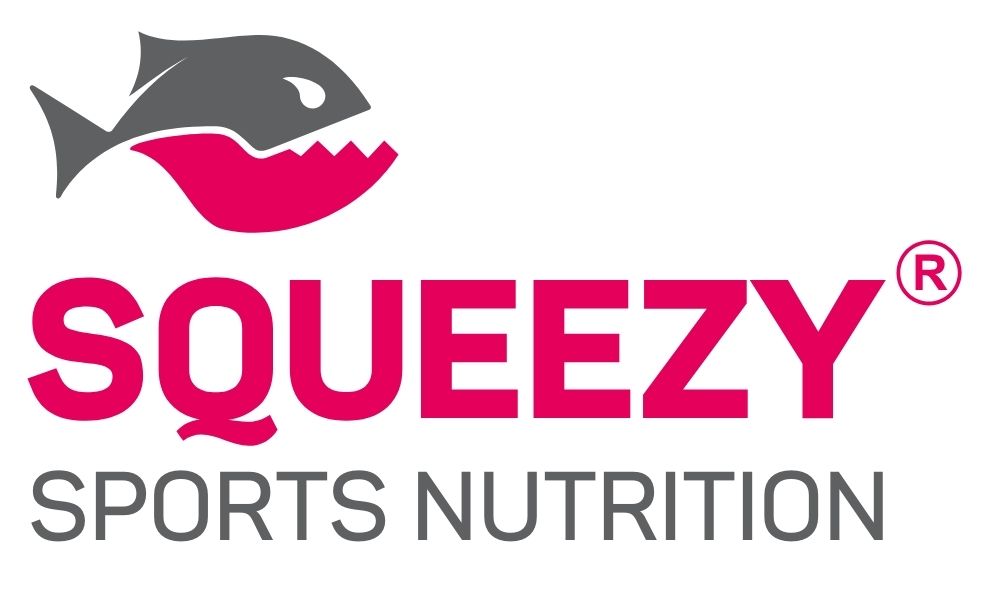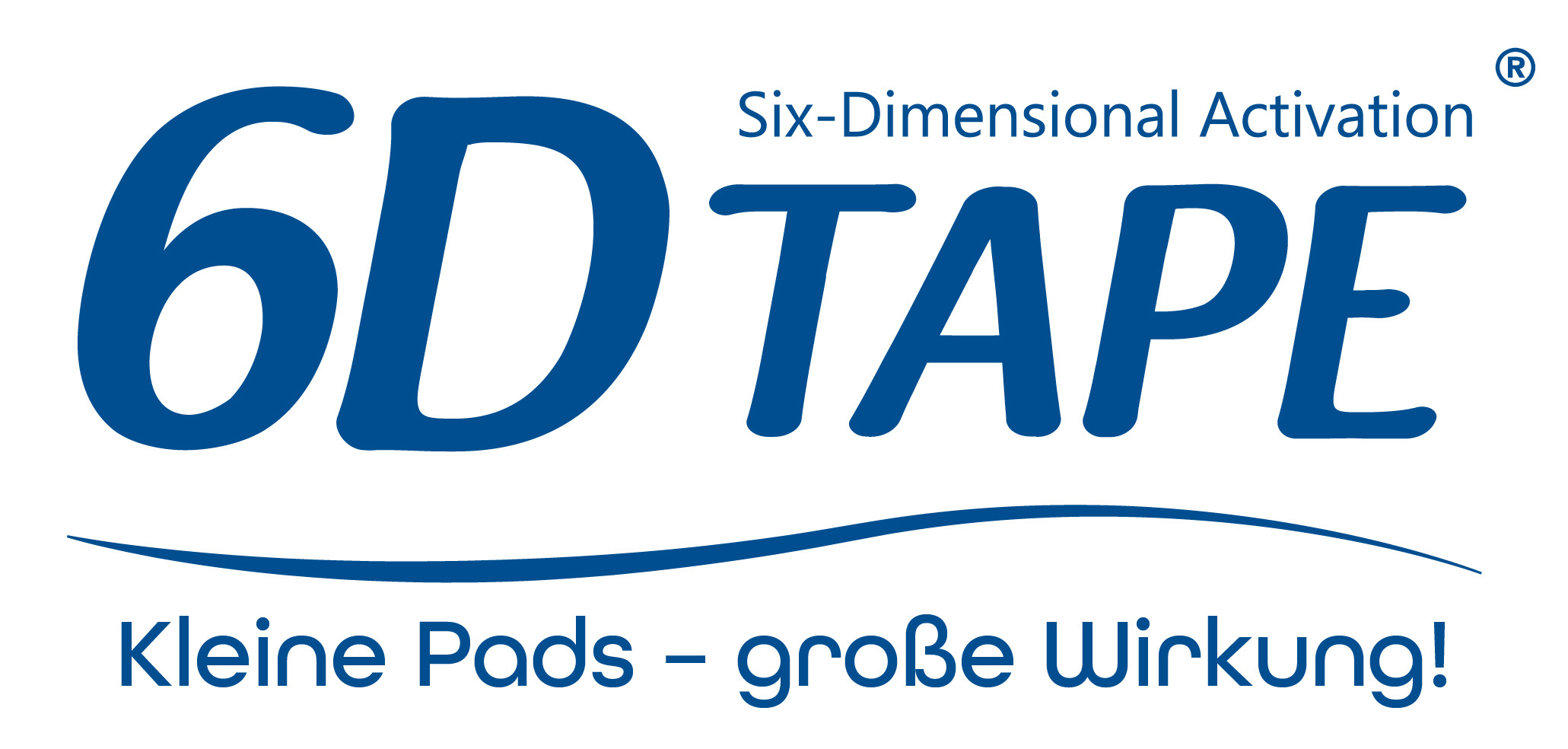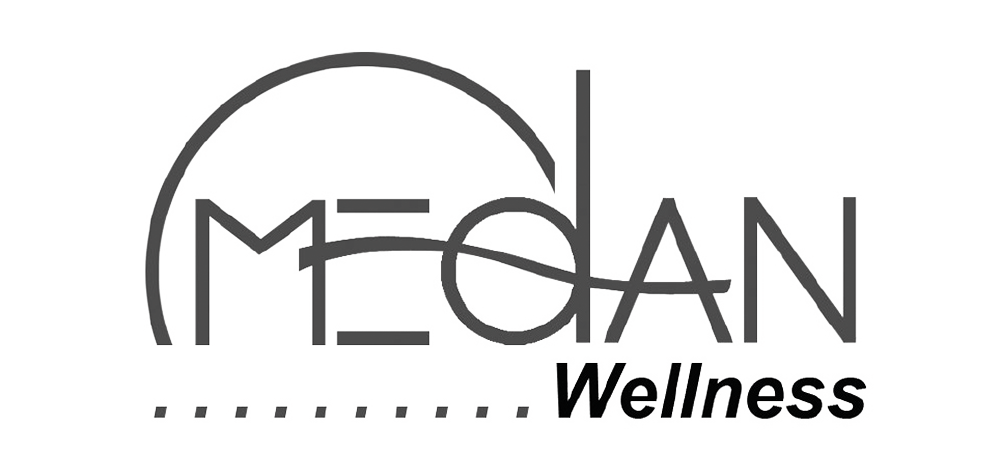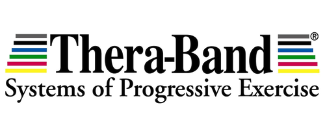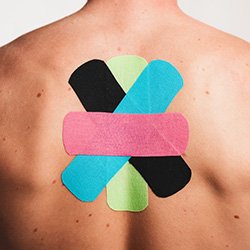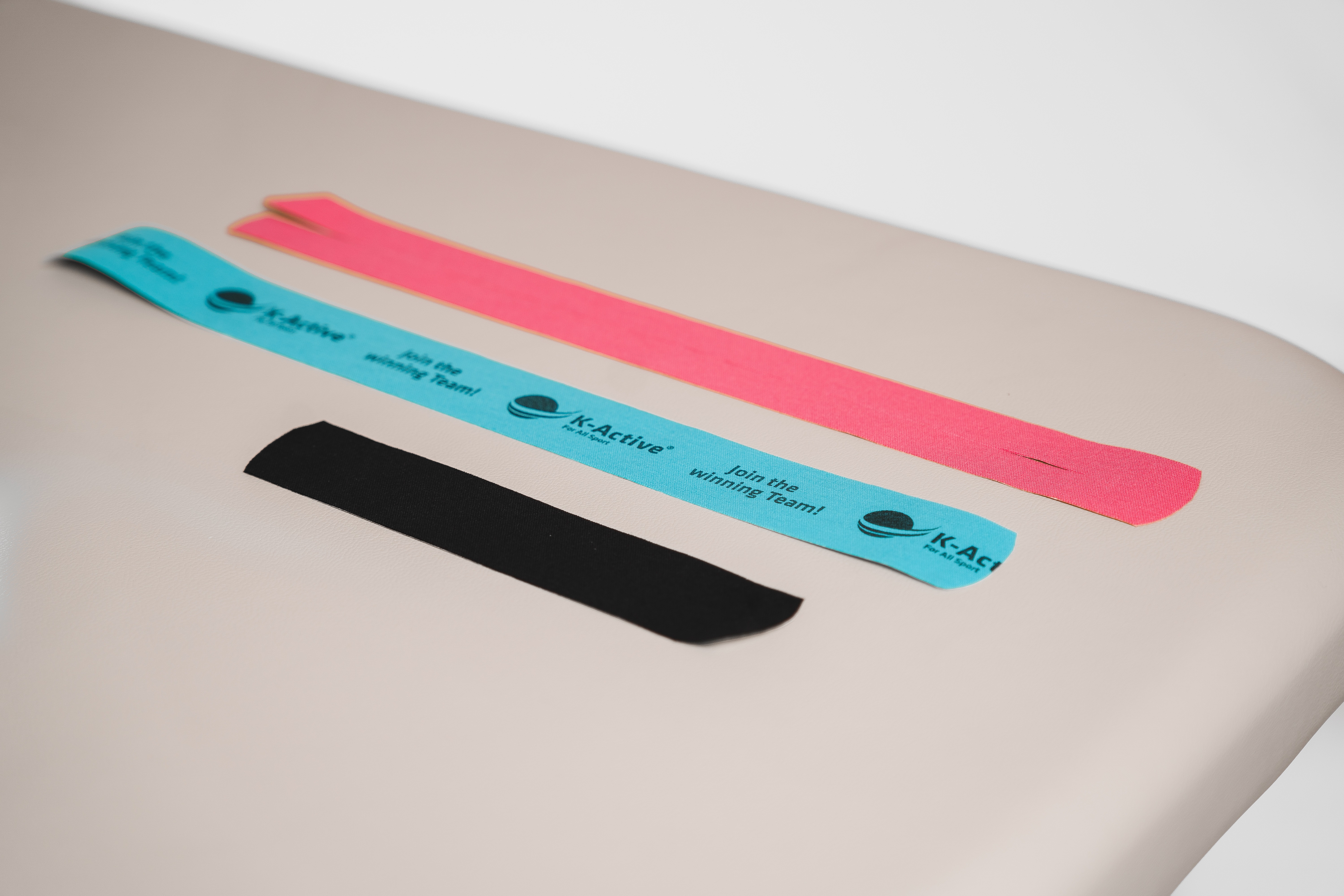Autor: Carolin Caprano
Horse owners are probably just as familiar with the symptoms of headshaking as vets and therapists. "Headshaking, technically known as idiopathic headshaking, is mainly expressed by the sudden bobbing up and down of the head as well as sneezing and snorting.
If the head acts up
In specialised language, headshaking is called „idiopathic headshaking“ and describes the sudden up- and down-shaking of the head, sneezing and snuffling as there would be a foreign body in the nose as well as the rubbing of the nose on the legs.
The symptoms occur more often during glaring sunlight and warmth, during work and stress, insects and pollen in the air as well as wind. In most cases, the light is the cause indeed (the so-called “photic headshaking“). Whilst some horses only show occasional shaking, other horses can have such heavy symptoms that they are no longer suitable for riding. The physiological strain is different from case to case.
Responsible for the seasonal occurrence is melatonin that depends on the pituitary gland and is produced by daylight. Other causes are irritations of the face nerve (Nervus trigeminus), health disorders like in the external, middle or internal ear, in the eyes or teeth and much more. The “easiest” triggers can be unfitting saddle and bridle (for example a noseband that is too tight or a nipping saddle) or the horse doesn’t tolerate the metal of the bit. Then the symptoms are usually also directly related to the saddle or the snaffle.
━━━━━━━━━
Possible medical causes
━━━━━━━━━
Note at this point: Also a herpetic infection with EHV-1 virus can causally be involved. Herpetic virus “hide” in nerve cells from the immune defense of the body. Possibly, stress and/or increasing warmth by work or the surrounding temperature can lead to that this virus develop its activity and there is more irritability in the brain.
Furthermore there are some basic examinations to find the cause of the problem. They can represent a therapeutical approach at once:
✓ Optimize posture
✓ Stabling and feeding as dust- and spore-free as possible (for example: a twist of apple vinegar over the food acts germ-killing)
✓ Determine for interference fields (for example electricity masts etc.)
✓ Check if saddle and bridle fit perfectly
✓ Optionally remove noseband from the bridle
✓ If it is a matter of a chronical inflammation of the nasal mucosa, warmth, pollen and dust can effect irritating. Therefore:
✓ Avoid causes
✓ Avoid stress
✓ Use a nostril protection or an entire face mask during riding or work
✓ Different homeopathic remedies can improve symptoms and general condition
✓ You can try calming feed additives like magnesium or valerian
The Kinesiology Taping is also a good possibility to start a treatment attempt with the horse.
Case study: Zweibrücker gelding
A “Zweibrücker” gelding was presented in my veterinary healing practice with the diagnosis „headshaking“. An irritation of the Nervus trigeminus is assumed, but one could observe that parameter like stress, dust, warmth and increased blood circulation promoted the symptoms. For treatment I chose a nerve application. The Nervus trigeminus has been taken between the Y-tails of the tape. This tape application has a calming effect and can relieve the symptoms. The “shaking” hasn’t been turned off, but I could reach an improvement. It was especially noticeable that the horse relaxed completely and that the application procedure itself had a calming effect. Actually the gelding was presented as very head shy. He usually didn’t accept touching or examining in his face.
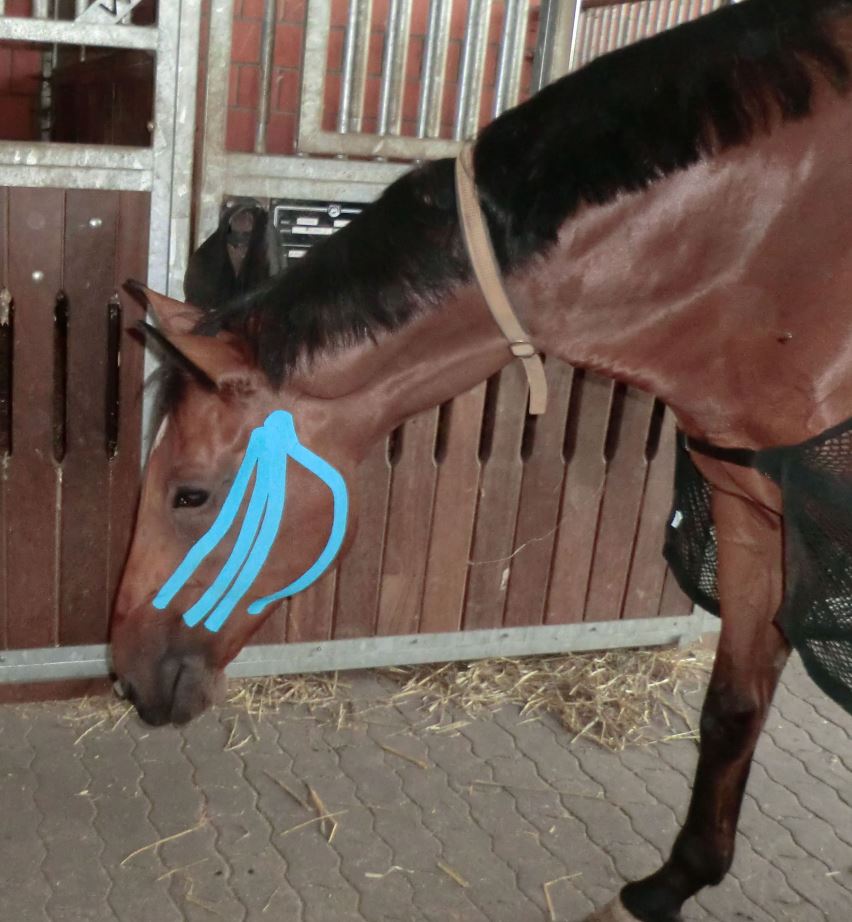
Der Nervus trigeminus wurde im unteren Bereich der Anlage zwischen zwei Zügel genommen.
Conclusion
Concluding we can say that the examination for the cause of headshaking can degenerate into detective work. If you can’t define the cause clearly, it is the aim to offer relieve respective the symptoms for the horse.


